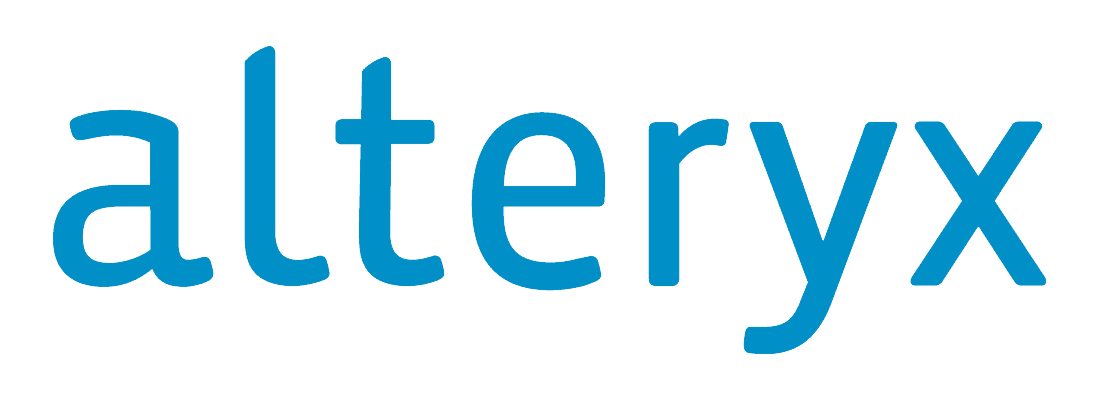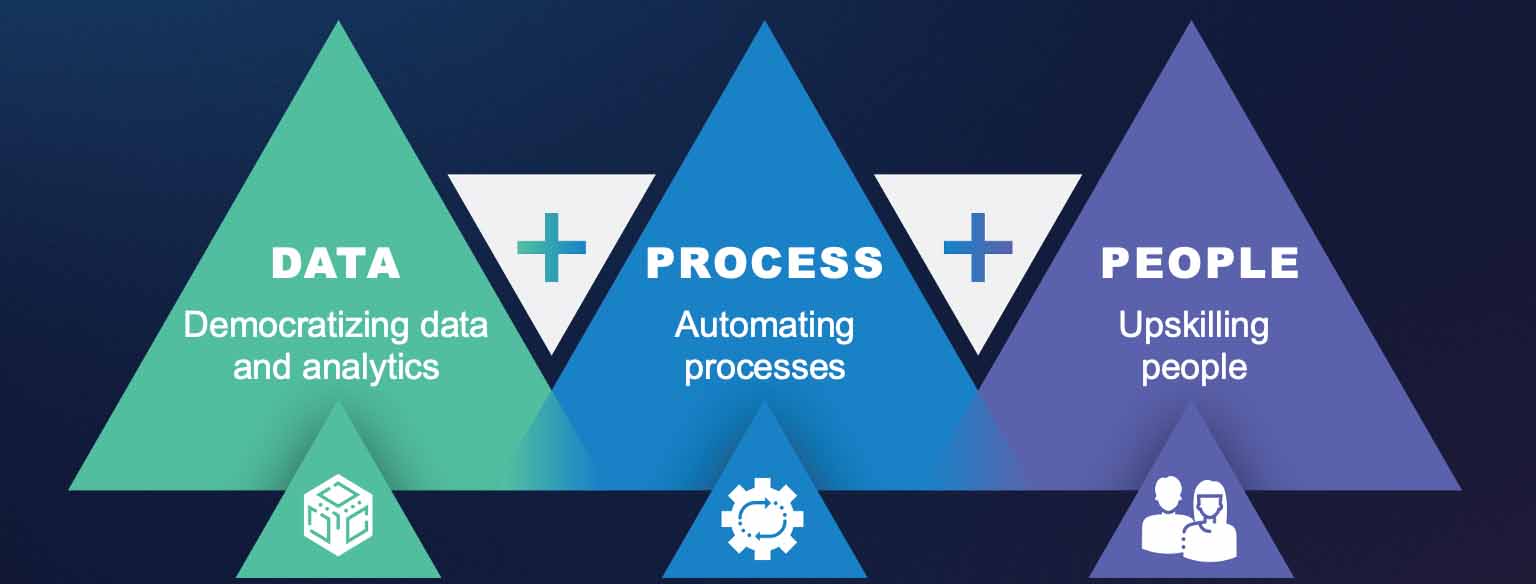Alteryx APA Aims To Reduce Complexity of Analytics with AI/ML, Automation and Code-Free Building Blocks
Alteryx is bringing automation and a wave of pre-assembled blocks to an enriched platform approach to reduce the complexity of delivering business analytics. IDN speaks with Alteryx CMO Amy Heidersbach.
by Vance McCarthy
Tags: analytics, Alteryx, automation, intelligence, pipeline, process, workflows,

chief marketing &
community officer

"Our goal is to let the data professional work more closely with their data without the need to know how to do complex tasks."
Alteryx is bringing AI/ML, automation and a wave of pre-assembled blocks to an enriched platform approach to reduce the complexity of delivering business analytics.
Even as more companies are investing in a wide range of smart data and analytics programs, a lack of skilled workers and complicated tasks often means not all organizations succeed.
Alteryx’s just-released Analytic Process Automation platform aims to smooth out the bumps and help increase chances of analytics success, Alteryx chief marketing & community officer Amy Heidersbach told IDN.
Alteryx APA unified platform approach aims to help companies transform how they leverage data assets using pre-configured technologies, models and automation, Heidersbach said. “With APA, we want to make it easier to bring together data, processes and people for more high-impact business outcomes,” she added.
Among all the technologies in APA, two focuses stand out that will particularly help non-technical users - more automation and no complicated coding.
“Analytics projects can be complex and not every company has the skilled workers they need to overcome such complexities,” she noted. Tasks such as designing models, doing complex correlations and coding integrations can impede analytics projects for many firms, so APA looks to eliminate a lot of those barriers, Heidersbach said.
APA looks to help companies overcome challenges by “putting automation in the hands of all data workers—from line-of-business users to skilled analysts and data scientists,” according to the company.
One case in point is a new and growing set of ‘automation building blocks,” which aim to provide self-service to less technical workers looking to assemble an analytics task or workflow.
“I think we have some 260 building blocks at this point, and they can be used by highly-skilled analytics professionals or less technical citizen data scientists,” Heidersbach said. These blocks are code-free, pre-built sets of functionality that are specially designed to fit together to fill in the tasks needed for an analytics pipeline or data-related task (such as integration, ingestion, prep, or alike), she added.

Beyond code-free assembly, the APA blocks also play a crucial role in helping users (and companies) automate analytics and data science pipelines, manage complex data-centric business processes, and deliver actionable insights for stakeholders in every business line.
“Our goal is to let the data professional work more closely with their data for business outcomes, without the need to know how to do complex tasks,” she added.
On that score, APA also adds in a dose of AI/ML to provide the data user some smart self-driving guidance when they are working on a difficult project, Heidersbach added.
“Because we can now link the workflows between different analytics by using connectors between the building blocks, we can go one step further,” she said. “With some AI/ML, now we can make some decisions about where the user should go next [in their project]. Thanks to all that, we can make suggestions” to help the user out if they’re not sure what to do next.
Heidersbach shared an example.
The APA front-end designer tooling can “throw an alert” to a user to let them know how a workflow might look at the end. APA can even do a mid-course correction if that work product doesn’t look quite right to the user.
“If you maybe pulled in a dataset wrong or got some sequencing wrong, we can tell you there is a better way.”
Inside the Alteryx APA ‘Fabric’ Architecture for Analytics
Notably, Alteryx APA builds on the long list of proven data and analytics capabilities Alteryx has been shipping to customers for years,
Beyond the 260+ blocks, APA also has added in other core ingredients to promote data analytics pipelines. Other features include specially-designed intelligent integrations, automation and smart workflows. These all work together to streamline how raw data gets prepped, correlated and applied against models for insights and decision-making.
The result is that APA weaves together the company's proven set of discreet capabilities into a seamless analytics-ready fabric. As a result, users can quickly and easily drive data insights, decisions, and outcomes without deep skills and complex manual tools.
Under the covers, here are some notable APA capabilities:
Automating Assets Inputs. With more than 80 natively integrated data sources, APA provides secure connections to vast data resources.
Data Quality and Prep. APA lets users easily cleanse, prepare, and blend data from a variety of sources with or without unique identifiers to deliver unified data profiles. In turn, this lets non-technical users explore and connect data from on-prem databases, cloud, and datasets of any size.
Data Enrichment and Insights. APA’s support for in-database tools lets users go beyond standard demographics, with supports for purchasing data and geodata – such as maps, addresses and drivetime stats.
Intelligence Layer to ‘Bridge’ the Skills Gap. APA sports an intelligence layer optimized for analytics tasks. This lets less technical workers work with machine learning, models and perform a wide range of valuable analytics tasks. Step-by-step guides and no-code assistance support sentiment analysis, building complex R-based models and more – without tons of training.
Specialized Automations. APA lets users build needed tasks or flows once and then automating forever. Such capabilities include writing back to a database, using bots or leveraging spreadsheets to allow users more quickly retrieve answers so they can visualize outputs, create sharable dashboards and take action.
Alteryx releases APA just as the company says customers and prospects are looking to move beyond data query-type project and be more aggressive and visionary with analytics.
Alteryx CEO Dean Stoecker put it this way, saying in part:
Organizations “are looking for a new kind of platform with an organizational capacity to make every worker across a company a data worker.” He added that to get there “human ingenuity is essential in creating any form of successful automation. When humans and machines work together to amplify intelligence, we can solve remarkable problems.
Related:
- Next Pathway Leverages AI, LLMs To Speed, Simplify Cloud Migration Projects
- Gartner Says Only 12% of Infrastructure & Operations Leaders Exceed CIO Expectations
- Kinetica, ChatGPT Open a New Era of ‘Conversational Queries’ with Databases
- PwC Says ChatGPT API is Generative AI’s ‘Killer App’ – and 9 Other Insights
- BigPanda Launches ‘Alert Intelligence’ To Improve, Simplify AIOps, ITOps
All rights reserved © 2024 Enterprise Integration News, Inc.



